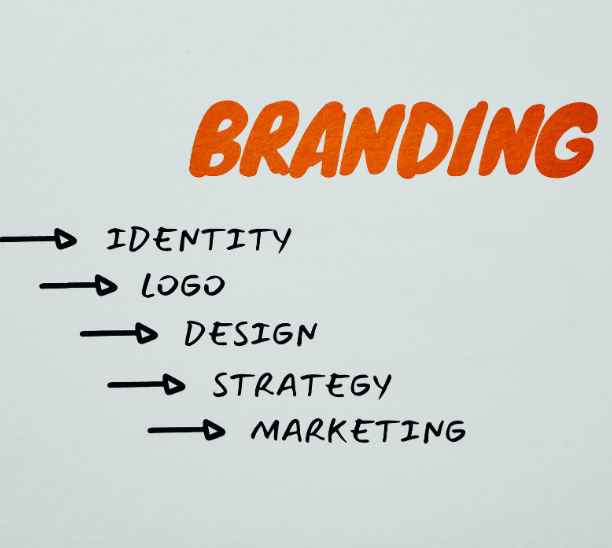Today, creating a stunning brand identity has become an essential task for any designer. A brand identity is the visual representation of a company’s values, personality, and purpose. It helps establish a unique presence in the market, differentiate from competitors, and build trust with consumers. In this guide, we will explore the essential elements of brand identity and provide designers with tips on how to create a stunning brand identity that resonates with their client’s audiences.
Understanding the Brand
The first step in creating a stunning brand identity is understanding the brand. Before starting the design process, designers must research and analyze the company’s values, target audience, competition, and industry. This research will help designers create a brand identity that is relevant, distinctive, and appealing to the target audience.
Defining the Brand Strategy
Once the designer has a good understanding of the brand, the next step is to define the brand strategy. The brand strategy should include the brand’s mission statement, brand attributes, and key messaging. These elements will help designers develop a visual identity that aligns with the brand’s values and goals.
Developing the Brand Identity
The brand identity is made up of several elements, including the logo, typography, color palette, and imagery. Each of these elements plays a critical role in creating a stunning brand identity.
a. Logo
The logo is the most recognizable element of the brand identity. It should be simple, memorable, and distinctive. A great logo can communicate the brand’s personality, values, and purpose in a single glance.
When designing a logo, designers should consider the target audience, competition, and brand values. The logo should be versatile and work well in different contexts and mediums, such as websites, business cards, and billboards.
b. Typography
Typography is another critical element of the brand identity. It sets the tone for the brand’s messaging and conveys its personality. When choosing typography, designers should consider legibility, hierarchy, and the brand’s visual style.
c. Color Palette
The color palette is an essential part of the brand identity. It should be consistent and reflect the brand’s personality and values. Colors have a psychological impact on people, so designers should carefully select colors that resonate with the target audience.
d. Imagery
Imagery, such as photographs and illustrations, can also play a significant role in the brand identity. They help communicate the brand’s personality and values and create an emotional connection with the target audience.
Applying the Brand Identity
Once the brand identity is developed, the next step is to apply it across different mediums and touchpoints. This includes websites, business cards, social media, and advertising. Consistency is key when applying the brand identity. The brand should have a cohesive look and feel across all touchpoints to build trust with the target audience.
Testing and Refining the Brand Identity
After applying the brand identity, designers should test and refine it based on feedback from the client and the target audience. Testing can help identify any issues or inconsistencies in the brand identity and refine it to better resonate with the target audience.
Conclusion
In conclusion, creating a stunning brand identity is a critical task for designers. It helps establish a unique presence in the market, differentiate from competitors, and build trust with consumers. To create a stunning brand identity, designers must first understand the brand, define the brand strategy, develop the brand identity, apply the brand identity, and test and refine it based on feedback. By following these steps, designers can create a brand identity that resonates with the target audience and helps their clients achieve their goals.
Also, you can read; 14 Brand Identity Examples to Inspire Your Own!


